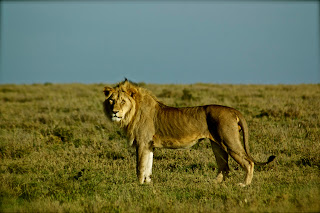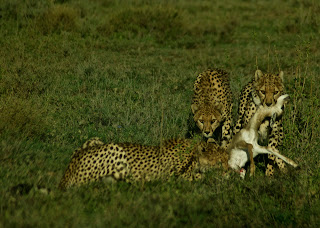
The new volcano from 350m. Photo by Gian Schachenmann
The day before we boarded the Rwandair flight to Kigali en route to Congo, I received a link from a friend equally passionate about adventure to a youtube clip from Cai Tjeenk Willink (the Director of Tourism). It was breaking news: sometime in the evening, on the 6th of November, a loud bang was heard marking the beginning of a new eruption. We’d planned to climb Nyarigonga, the famous active volcano that in 2002 had sent a river of lava out of a fissure on the southern side, down Goma’s main street and covering a third of the airport runway. The volcano itself, at 3,468m, has a crater just over a km in diameter, and in the middle sits the world’s largest lava lake. Our plan was to sleep in the cabanas on the rim to enjoy the night view of the glowing molten rock.
Driving around the south-east of Nyarigonga, we couldn’t wait to see the new eruption. As we glimpsed the first ash and lava spraying into the sky, we excitedly stopped the driver and dragged pelicases and tripods onto the bank of the road to get photos. Little did we know that we’d have fantastic views from the lodge at Rumangabo and the gorilla camp at Bukima. Upon arrival at Mikeno Lodge, we immediately wanted to know if we could walk in to see the new volcano. The delegation of heavily armed rangers had not returned yet from their safety assessment of the area, so Sarah was hesitant to commit.

The volcano from Bukima ranger post. by Gian Schachenmann
That evening from the crest of the hill, we watched the earthen firework display light up the sky, and we slept to the sound of the repetitive explosions nearly 15 kilometers away.
Three days later, escorted by 12 rangers, we set off as the first visitors to see the eruption. The path was narrow and overgrown and footing precarious as we picked our way over the lava flows from an eruption that had occurred in 1977. I couldn’t help but notice the prime example of succession; lichens covered the 34 year old rock and in the cracks, moss and ferns had started to grow. Other than that, there were a few pioneer shrubs and small trees that were establishing themselves where enough organic matter had accumulated.

Glowing lava. by Gian Schachenmann

Fountains of lava. By Gian Schachenmann
As we neared the volcano, the explosions became louder and our footfalls began to crunch gravel spread by the eruption. The camp was basic, having been carried in the day before when the volcanologist and head warden had walked into the site. We dropped our backpacks and hurried closer. 300-400m was close enough and we could feel the warmth on our faces. We sat mostly in silence, mesmerized by the sound and sight of the liquid rock building a new mountain. Already in the few days since we’d first sat on the hill watching, a cone had formed. As darkness approached, the explosions became louder and we were showered with light stones. The ambient light faded, and the light from the volcano intensified. We retreated to camp and slept with our tents open, listening and watching as the fountains of lava lit up the sky.






































































































































